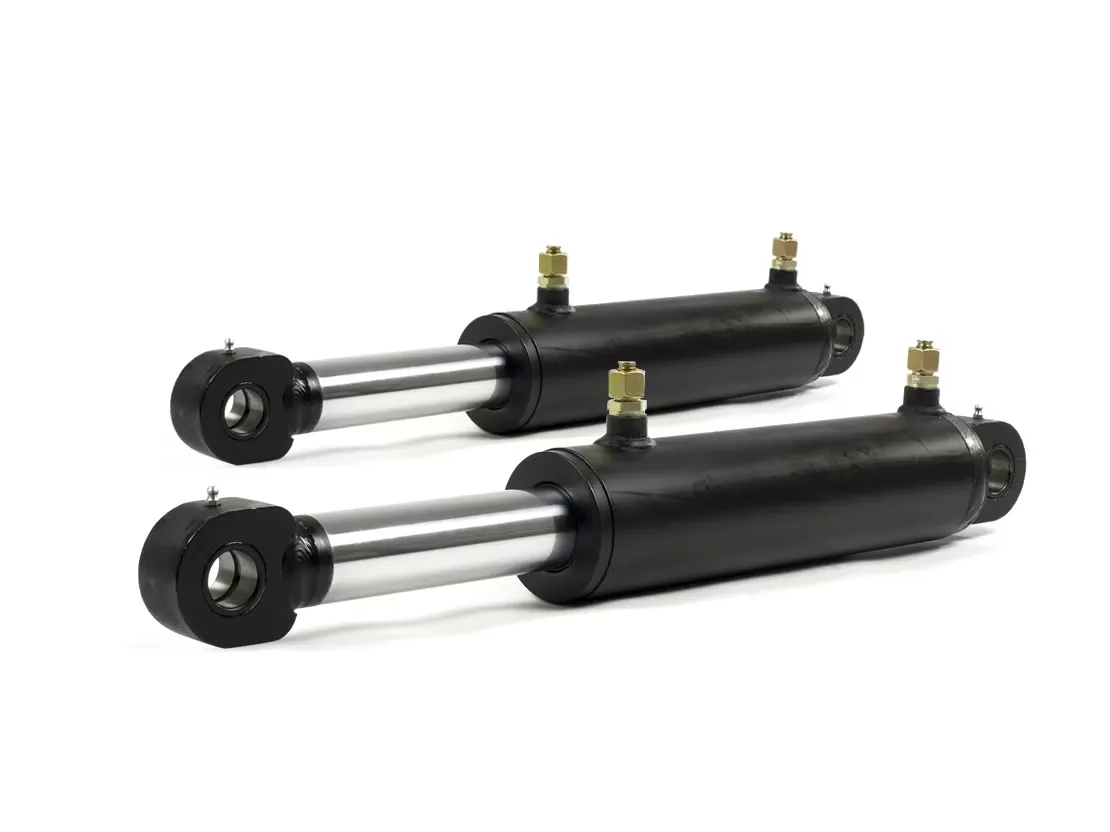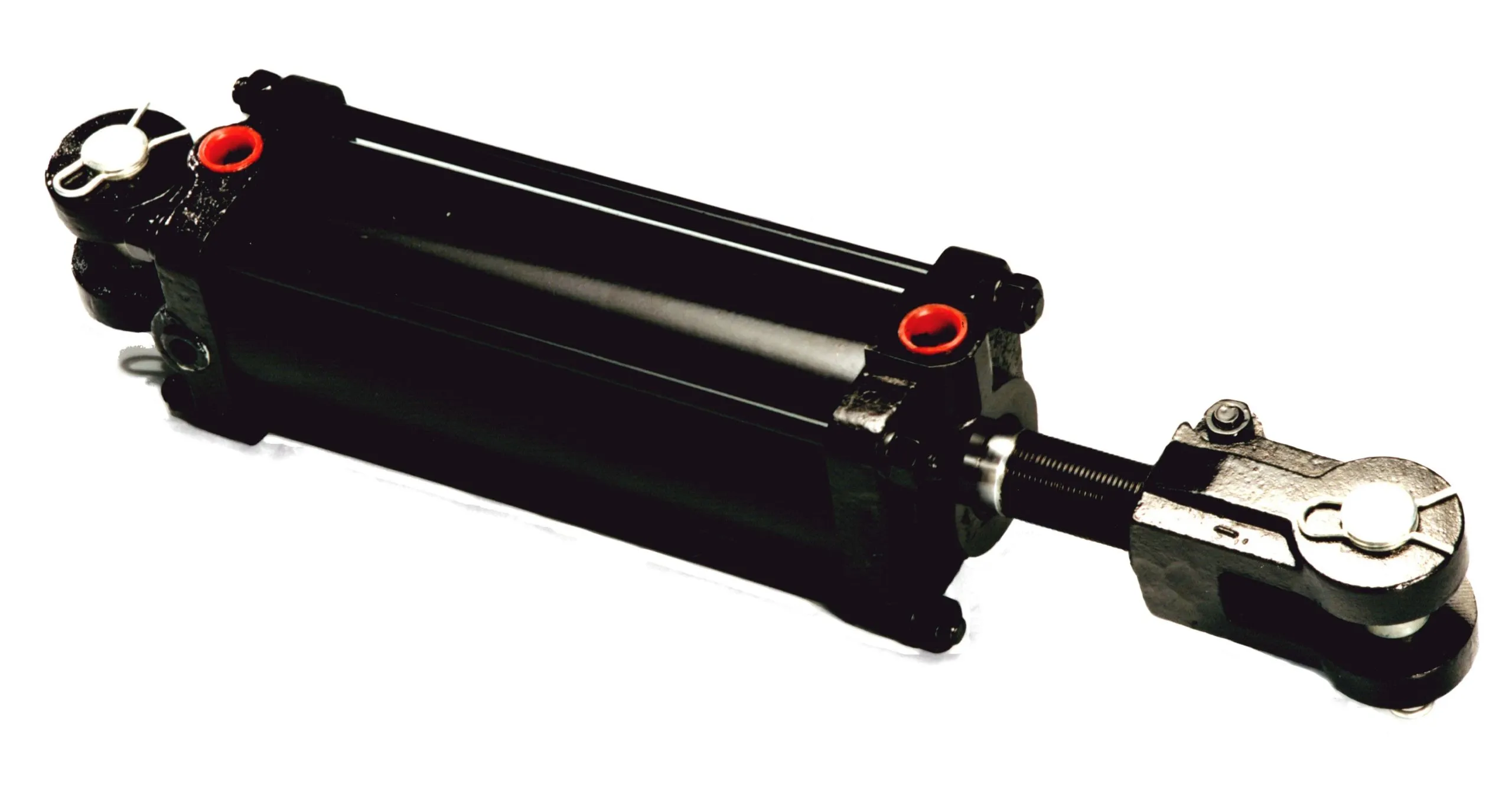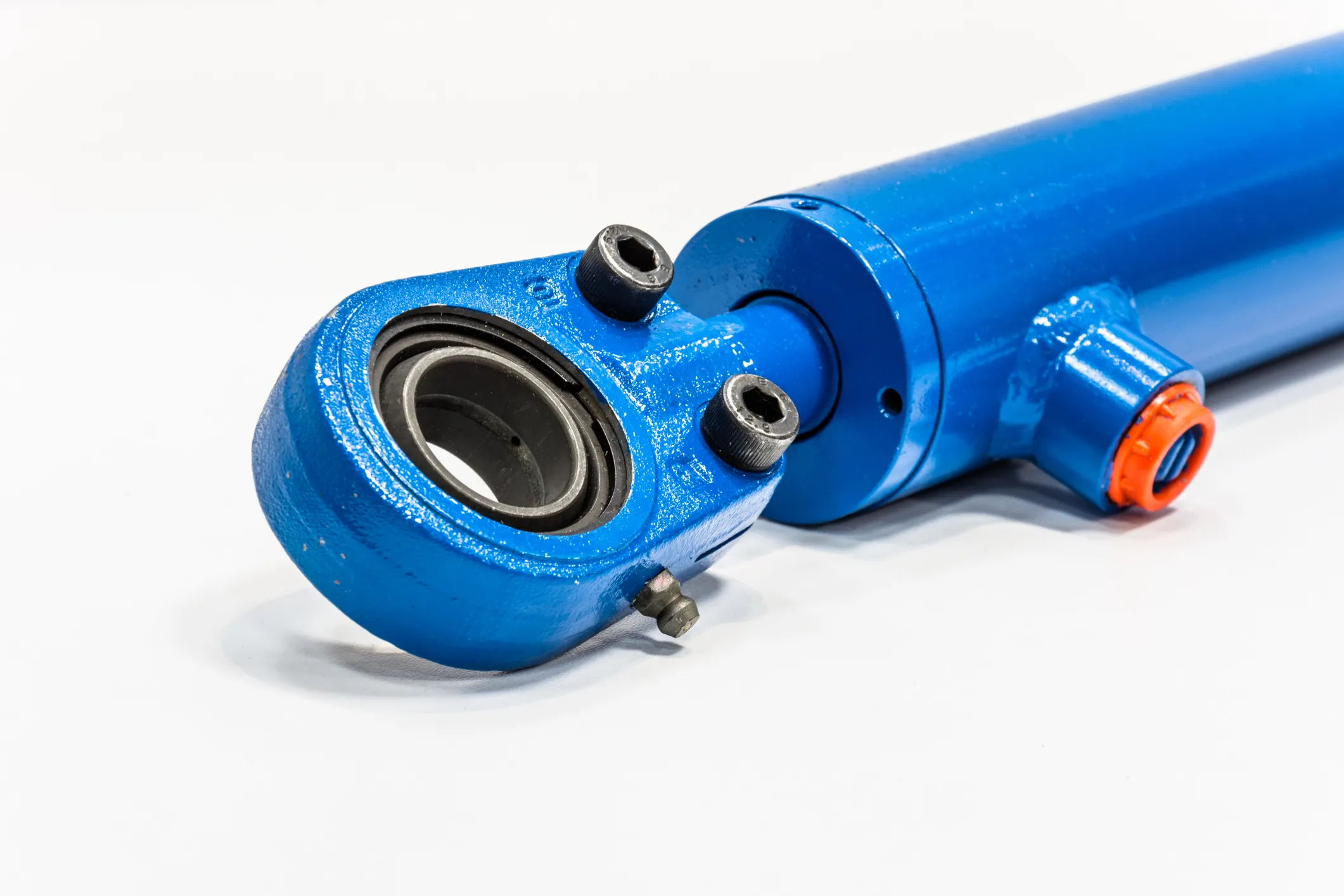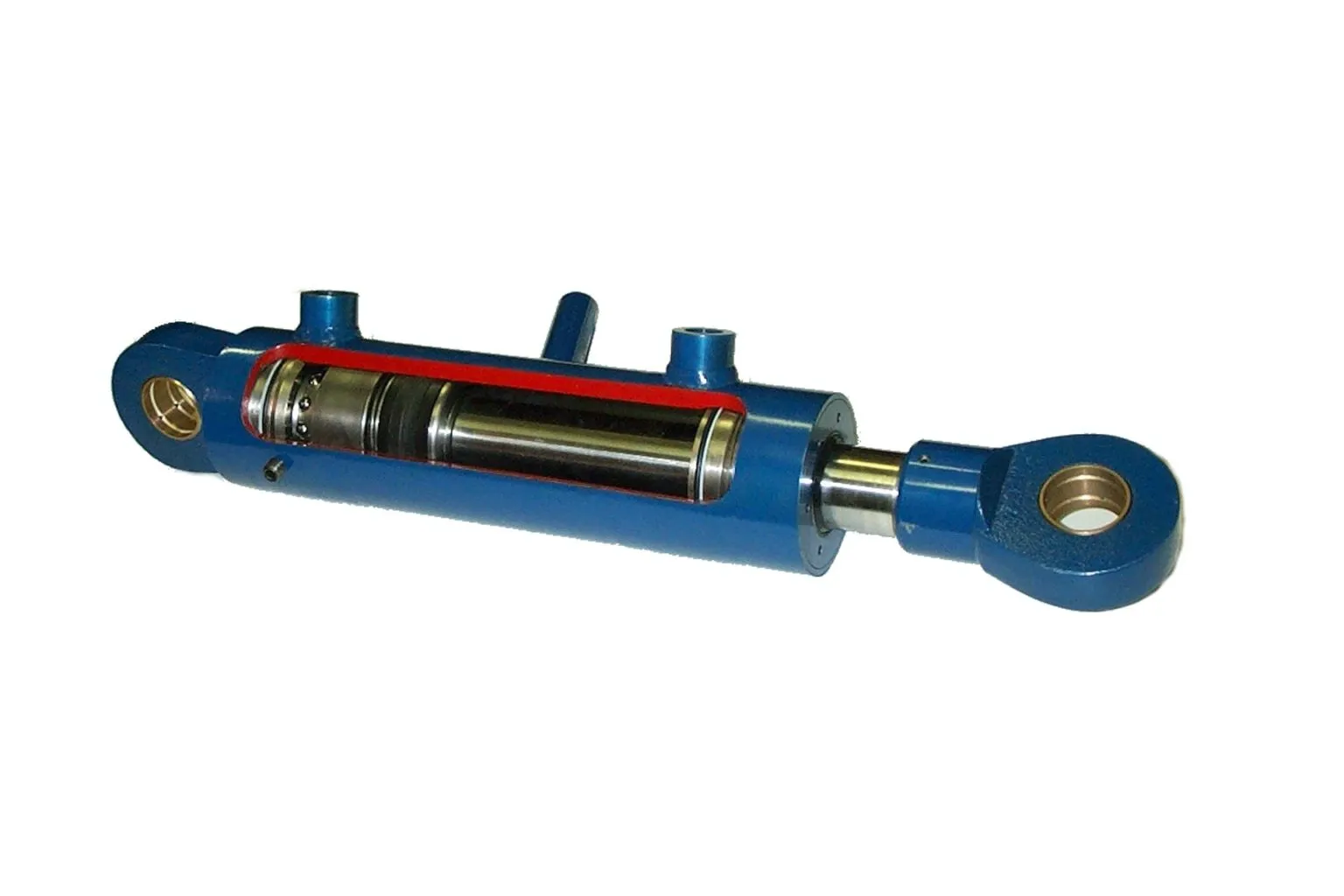The Importance of High-Pressure Welded Hydraulic Cylinders in Hydraulic Systems
Introduction
High-pressure welded hydraulic cylinders are essential components in hydraulic power units, providing the force necessary for various industrial applications. These cylinders play a critical role in converting hydraulic energy into mechanical force, enabling the movement of heavy machinery and equipment with precision and efficiency.
Design and Construction Characteristics
Materials
High-pressure welded hydraulic cylinders are typically made of high-strength steel or aluminum to ensure durability and wear resistance. These materials are chosen for their ability to withstand the high pressures and forces exerted on the cylinder during operation.
Welded Process
The welded technology used in these cylinders, such as MIG or TIG welding, enhances the integrity of the cylinder, making it more reliable and robust. This process eliminates the weaknesses commonly found in traditional cylinder designs, ensuring a longer service life and better performance.
Design Characteristics
The integrated end cover, piston design, and sealing arrangement of high-pressure welded hydraulic cylinders contribute to their superior performance. These design features enhance the cylinder’s efficiency, reliability, and overall functionality, making them ideal for demanding industrial applications.
Working Principle
Liquid Transfer Force
High-pressure welded hydraulic cylinders operate by transferring force through a liquid medium, typically hydraulic oil, to generate motion. This force is harnessed to perform various tasks, such as lifting, pushing, or pulling heavy loads with precision and control.
Sealing System
The sealing system in these cylinders is designed to prevent leakage and ensure a tight seal, even under high pressures. This system plays a crucial role in maintaining the efficiency and performance of the cylinder, reducing the risk of downtime and maintenance issues.
Types and Configurations
There are three main types of high-pressure welded hydraulic cylinders available, each with unique configurations to suit different applications. These cylinders vary in size, pressure capacity, and design features, allowing for flexibility and customization in various industrial settings.
Advantages
Strength vs. Reliability
High-pressure welded hydraulic cylinders offer increased strength and reliability due to their welded construction, allowing for higher pressure ratings and better performance in demanding environments.
Compact Design
These cylinders have a more compact design compared to traditional tie-rod cylinders, making them ideal for space-limited applications where size and weight are critical factors.
Maintenance Benefits
Reduced moving parts in welded cylinders result in lower maintenance requirements and improved reliability, reducing the risk of downtime and costly repairs.
Performance Characteristics
High Strength and Durability
High-pressure welded hydraulic cylinders are known for their high strength and durability, making them suitable for heavy-duty applications that require reliable performance under extreme conditions.
High Pressure Capacity
Designed to withstand higher working pressures, these cylinders are ideal for applications that demand superior performance and reliability under challenging working conditions.
Compact Design

The compact design of welded cylinders allows for easy installation and integration into various industrial equipment, providing flexibility and efficiency in operation.
Industries Using High-Pressure Welded Hydraulic Cylinders
High-pressure welded hydraulic cylinders are widely used in industries such as construction, agriculture, manufacturing, and more. These cylinders play a vital role in various machinery and equipment, providing the force and precision required for efficient operation.
Design Considerations and Selection Criteria

Bearing Capacity
When selecting a high-pressure welded hydraulic cylinder, it’s essential to consider the bearing capacity to ensure it can withstand the forces and pressures it will encounter during operation.

Sealing and Durability
The sealing system and durability of the cylinder are critical factors to consider, as they directly impact the performance and longevity of the cylinder in demanding applications.
Sealing and Lubrication
Proper sealing and lubrication are vital for the performance and longevity of high-pressure welded hydraulic cylinders. Using high-quality seals and lubricants can help prevent leaks, reduce wear, and extend the service life of the cylinder.
Regular Inspection and Maintenance
Regular inspection and preventive maintenance are essential for ensuring the reliable operation of high-pressure welded hydraulic cylinders. By following a maintenance schedule and addressing any issues promptly, you can minimize downtime and extend the life of your equipment.
Installation Guide
Correct installation of high-pressure welded hydraulic cylinders is crucial for optimal performance and safety. Following the manufacturer’s guidelines and best practices will help ensure a secure and efficient installation process.
Maintenance Tasks
Common maintenance tasks for high-pressure welded hydraulic cylinders include regular inspections, proper lubrication, seal replacement, and calibration checks. By addressing these tasks proactively, you can prevent issues and prolong the life of your equipment.
Safety Considerations and Environmental Factors
Ensuring the safety of personnel and equipment when using high-pressure welded hydraulic cylinders is paramount. By following safety protocols and considering environmental factors, you can reduce the risk of accidents and damage to the equipment.
Fault Diagnosis and Common Problems
Identifying and addressing common issues with high-pressure welded hydraulic cylinders is essential for maintaining their performance and reliability. By understanding the potential faults and solutions, you can minimize downtime and ensure the efficient operation of your equipment.

Questions and Answers
1. How do high-pressure welded hydraulic cylinders differ from traditional hydraulic cylinders?
High-pressure welded cylinders offer increased strength and reliability due to their welded construction, allowing for higher pressure ratings and better performance in demanding environments.
2. What materials are commonly used in the construction of these cylinders?
High-strength steel and aluminum are commonly used in the construction of high-pressure welded hydraulic cylinders to ensure durability and wear resistance.
3. What advantages do high-pressure welded cylinders offer in terms of strength and durability?
High-pressure welded cylinders provide increased strength and durability, making them ideal for heavy-duty applications that require reliable performance under extreme conditions.
Long Tail Keywords
1. High-Pressure Welded Hydraulic Cylinder Design
Exploring the design features and benefits of high-pressure welded hydraulic cylinders for industrial applications.
2. Welded Hydraulic Cylinder Construction
Understanding the construction materials and processes used in high-pressure welded hydraulic cylinders for optimal performance and reliability.
3. Hydraulic Cylinder Maintenance Tips
Providing practical tips and advice for maintaining and servicing high-pressure welded hydraulic cylinders to extend their service life and efficiency.
Our Company
We are a leading hydraulic cylinder replacement manufacturer, offering a complete product line and customized services to meet the needs of our domestic and international customers. With professional expertise, international certifications, and a commitment to quality, we strive to provide top-notch hydraulic solutions for various industrial applications.
